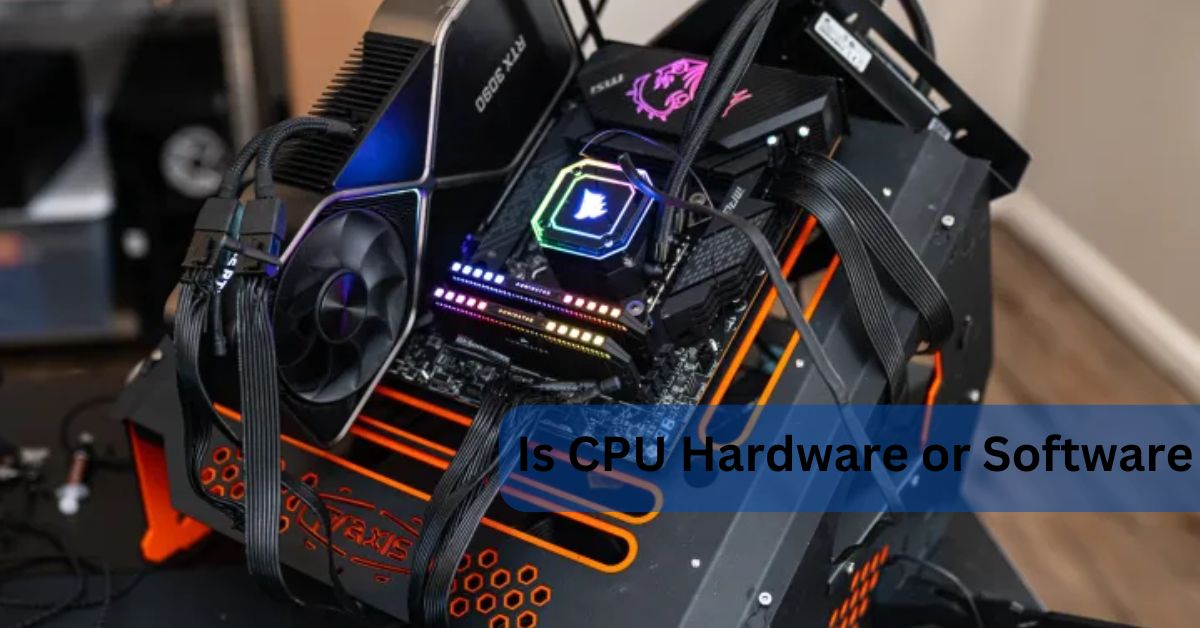Is CPU Hardware or Software – Ultimate Guide – 2024!
In the ever-evolving world of technology, understanding the basic components that drive our devices is crucial.
A CPU (Central Processing Unit) is hardware. It is the main part of a computer that processes instructions from software and performs calculations, making it essential for running programs and the operating system.
This ultimate guide for 2024 delves into the nature of the CPU Is CPU Hardware or Software and its role in computing, and the distinctions between hardware and software.
What is a Central Processing Unit (CPU)?
A CPU (Central Processing Unit) is the main part of a computer that processes instructions and performs calculations. It’s like the computer’s brain, running the operating system and applications to make the device work.
CPU components!
A CPU has several key parts: the control unit, which directs operations; the arithmetic logic unit (ALU), which handles calculations; and registers, which store data temporarily. Together, these parts process instructions and manage tasks on your computer.
CPU definition and function!
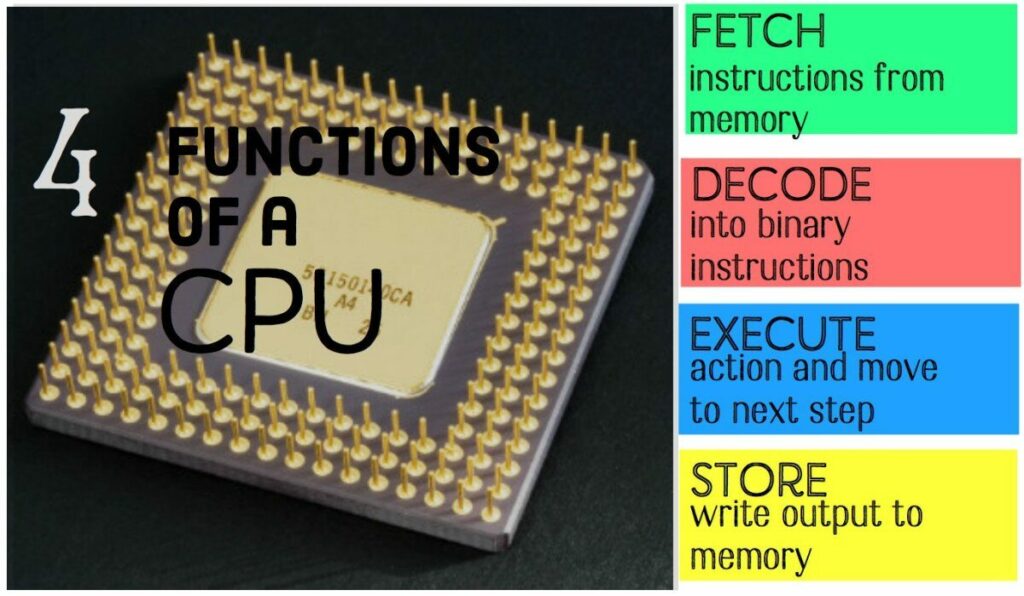
Definition:
The CPU (Central Processing Unit) is the main part of a computer that processes instructions and performs calculations.
Function:
The CPU acts like the brain of the computer, running programs and managing tasks to make the device function.
Is CPU hardware or software?
The CPU is hardware. It is a physical part of a computer that performs tasks and runs programs. Unlike software, which is digital and runs on the CPU, the CPU itself is a tangible, electronic component.
What is a CPU register? Is it hardware or software?
A CPU register is a small, fast storage area in the CPU that holds data temporarily. It is hardware, not software. Registers help the CPU quickly access and process information needed for running programs.
Difference between hardware and software with example!
Hardware:
Hardware refers to the physical parts of a computer, such as the CPU, keyboard, and monitor. It includes all the tangible components that make up the device.
Example of Hardware:
A computer’s hard drive or keyboard is an example of hardware.
Software:
Software refers to the programs and applications that run on a computer. It includes all the digital instructions that the hardware executes.
Example of Software:
Microsoft Word or an operating system like Windows is an example of software.
How does computer hardware understand software?

- Instructions: Software sends instructions to the hardware to perform tasks.
- Code Execution: The CPU reads and executes software code.
- Input/Output: Hardware processes input from software and produces output.
- Memory Storage: Data from software is stored in hardware memory.
- Control Signals: Hardware follows control signals from the software.
- Data Conversion: Software translates data into a format hardware can understand.
What hardware and software are required to create a CPU?
To create a CPU, hardware like silicon chips, transistors, and circuits are needed. For software, special programs are used to design and test the CPU’s functions. These tools help build and ensure the CPU works correctly.
Read more: Is 100°C Too Hot for CPU – Complete Guide – 2024!
Do CPUs have any software on them?
CPUs do have some basic software called firmware. Firmware helps the CPU start up and control its functions. It is not the same as regular software programs but is essential for the CPU to work properly.
Can there be a software that can work as a CPU?
No, software alone cannot work as a CPU. The CPU is a physical hardware component needed to process instructions. Software needs a CPU to run, so they work together, but one cannot replace the other.
Can a CPU operate without the software?
No, a CPU cannot operate without software. While the CPU handles tasks, it needs software to give it instructions on what to do. Without software, the CPU has no tasks or programs to run.
Is the CPU an output hardware?
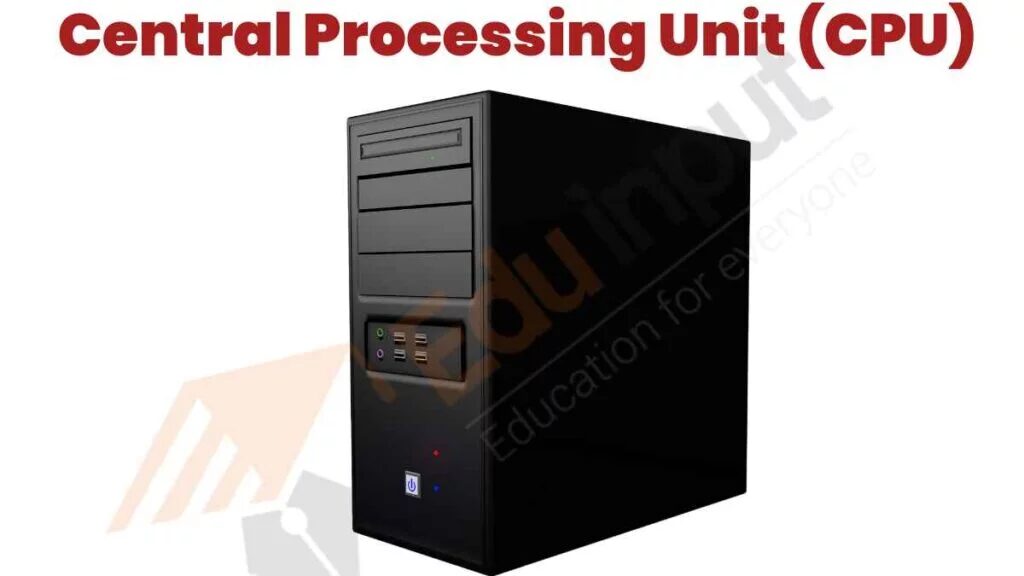
No, the CPU is not an output hardware. It is a processing unit that handles instructions and performs calculations. Output hardware, like printers or monitors, displays or produces results from the CPU’s work.
Why is a CPU called an output device?
The CPU is not actually called an output device. It is a processing unit that performs tasks and calculations. Output devices, like printers or monitors, display the results of the CPU’s work.
Is it possible to have hardware without software?
- Yes, hardware can exist without software: Hardware like a computer’s motherboard or keyboard can work without software.
- Hardware alone is limited: Without software, hardware cannot perform specific tasks or run programs.
- Software provides instructions: Software tells hardware what to do.
- Hardware needs software to function fully: For hardware to be useful, it needs software to operate.
- Examples of hardware without software: A new computer or a printer can exist without software installed.
- Software is essential for operation: Software makes hardware functional by providing necessary commands.
- Hardware is physical: It includes things like chips, circuits, and cables.
- Software is digital: It includes programs and applications that run on hardware.
- Software enables performance: Without software, hardware remains idle or basic in function.
- Interaction required: Effective hardware operation depends on the correct software to guide its actions.
Is there a hardware register outside of the CPU?
No, hardware registers are usually inside the CPU. They are small storage areas within the CPU that hold data temporarily while the CPU processes instructions. Registers outside the CPU are not common in standard computer design.
Are all the registers considered a part of the CPU?
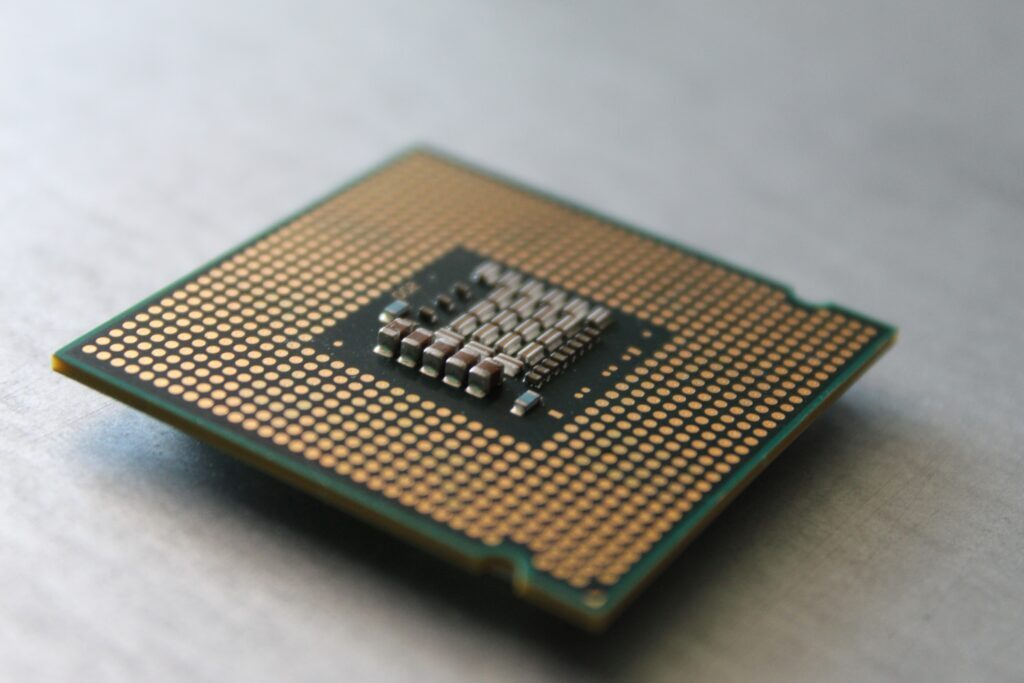
Yes, all registers are part of the CPU. They are small storage areas within the CPU that hold data and instructions temporarily while the CPU performs tasks and calculations.
Can you run out of physical registers in a CPU with register renaming?
No, you can’t run out of physical registers with register renaming. Register renaming allows the CPU to use more logical registers than physical ones, making it seem like there are more registers available, even if the physical ones are limited.
Is CPU input, output, or both?
The CPU is neither input nor output; it is a processing unit. It takes input from software and data, processes it, and then sends output to other hardware. It handles tasks, calculations, and instructions within the computer.
What are I/O units (input/output)?
I/O units (input/output units) are hardware components that allow a computer to interact with the outside world. Input units, like keyboards and mice, send data to the computer, while output units, like monitors and printers, display or produce results.
Are they part of the CPU or something else?
I/O units are not part of the CPU. They are separate hardware components that connect to the CPU. The CPU processes data, while I/O units handle the input and output of information between the computer and external devices.
Is the motherboard an output device or an input?
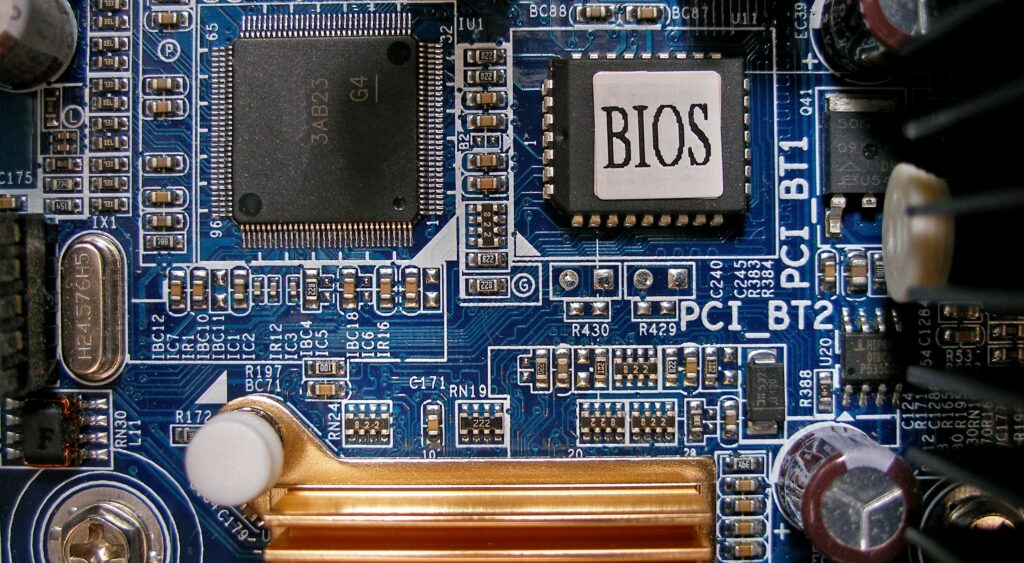
The motherboard is neither an input nor an output device. It is a main circuit board that connects and allows communication between the CPU, memory, and other hardware components. It acts as a central hub for the computer’s parts.
Does any electronic device that is capable of input, processing, output, and storage have a motherboard?
Yes, most electronic devices that handle input, processing, output, and storage have a motherboard. The motherboard connects and allows communication between all the device’s components, such as the CPU, memory, and storage.
Is an electronic device that allows information to be input, processed, and output, an operating system, a computer, or a motherboard?
It is a computer. A computer allows information to be input, processed, and output. An operating system is software that runs on a computer, and a motherboard is a part of the computer that connects all its components.
FAQS:
1. How do hardware and software work together in a computer system?
Hardware and software work together by allowing the CPU to execute instructions from software programs. Hardware provides the physical components, while software gives the commands to make those components perform tasks.
2. Is it possible to use hardware without any software?
No, hardware alone cannot perform useful tasks without software. Software provides the instructions needed for hardware to operate and complete specific functions.
3. Is a CPU a hardware or software?
The CPU is hardware. It is a physical component that processes instructions and performs calculations for the computer.
4. Is it software hardware?
No, software is not hardware. Software consists of programs and applications, while hardware includes physical components like the CPU and memory.
5. Is GPU hardware or software?
The GPU is hardware. It is a physical component used for processing graphics and performing parallel computations in a computer.
6. What is CPU considered as?
The CPU is considered hardware. It is the central processing unit that performs calculations and executes instructions in a computer.
7. How are CPUs classified?
CPUs are classified by their architecture, such as x86 or ARM, and by their core count, like single-core or multi-core. They can also be categorized based on their performance level and intended use, such as desktop, server, or mobile CPUs.
8. What is the CPU considered to be the of the computer?
The CPU is considered the brain of the computer. It performs calculations and executes instructions, making it central to the computer’s operations and processing tasks.
Conclusion:
The CPU is a crucial piece of hardware in a computer, often described as its brain. It processes instructions and performs calculations essential for running programs. Understanding the CPU and its interactions with software is key to grasping how computers function.

